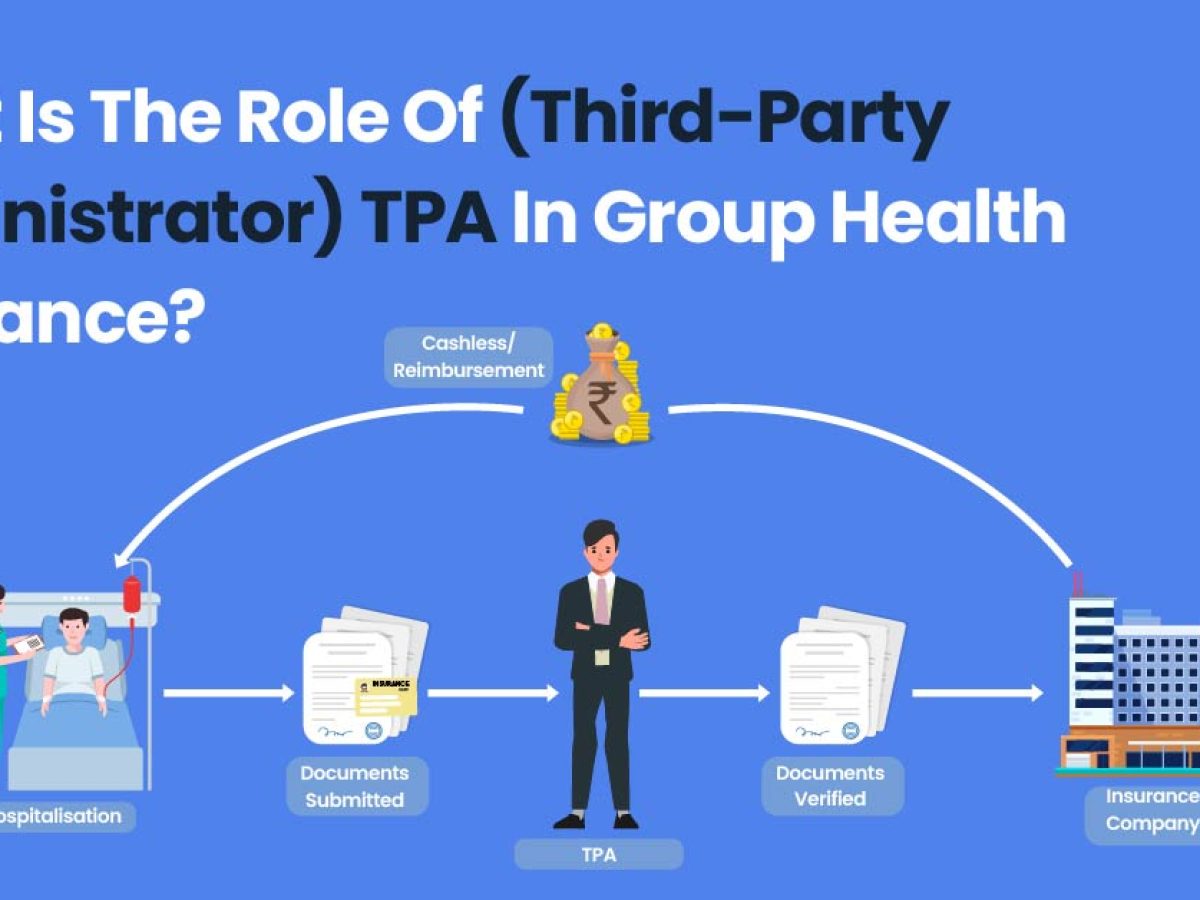The Buzz on Pacific Prime
The Buzz on Pacific Prime
Blog Article
The Ultimate Guide To Pacific Prime
Table of ContentsNot known Facts About Pacific PrimeGet This Report on Pacific PrimePacific Prime - An OverviewThe Best Guide To Pacific PrimeThe 5-Second Trick For Pacific Prime

This is due to the fact that the data were gathered for a duration of solid economic efficiency. Of the estimated 42 million individuals who were without insurance, just about regarding 420,000 (about 1 percent) were under 65 years of age, the age at which most Americans come to be eligible for Medicare; 32 million were grownups between ages 18 and 65, about 19 percent of all grownups in this age team; and 10 million were youngsters under 18 years of age, regarding 13.9 percent of all youngsters (Mills, 2000).
These estimates of the variety of persons uninsured are created from the annual March Supplement to the Existing Population Study (CPS), performed by the Census Bureau. Unless otherwise noted, nationwide quotes of individuals without health and wellness insurance coverage and percentages of the populace with different type of insurance coverage are based on the CPS, the most commonly used resource of price quotes of insurance policy protection and uninsurance rates.
Examine This Report on Pacific Prime

Still, the CPS is especially helpful since it creates annual estimates relatively swiftly, reporting the previous year's insurance policy coverage estimates each September, and since it is the basis for a consistent set of quotes for greater than 20 years, permitting evaluation of fads in insurance coverage gradually. For these reasons, in addition to the substantial use the CPS in other studies of insurance coverage that exist in this record, we count on CPS estimates, with restrictions noted.

The price quote of the number of uninsured individuals broadens when a population's insurance standing is tracked for numerous years. Over a three-year period starting early in 1993, 72 million people, 29 percent of the U.S. https://pacificpr1me.start.page. populace, lacked protection for at least one month. Within a single year (1994 ), 53 million individuals experienced at the very least a month without protection (Bennefield, 1998a)
Six out of every 10 without insurance adults are themselves used. Although functioning does enhance the likelihood that and one's relative will certainly have insurance policy, it is not a guarantee. Even participants of families with 2 full time breadwinner have virtually a one-in-ten possibility of being uninsured (9.1 percent without insurance price) (Hoffman and Pohl, 2000).
The 5-Minute Rule for Pacific Prime
New immigrants make up a significant percentage of individuals without medical insurance. One analysis has actually associated a substantial section of the recent growth in the dimension of the united state uninsured populace to immigrants that showed up in the nation in between 1994 and 1998 (Camarota and Edwards, 2000). Current immigrants (those who pertained Learn More Here to the USA within the past four years) do have a high rate of being uninsured (46 percent), yet they and their children account for just 6 percent of those without insurance coverage across the country (Holahan et al., 2001).
The relationship between health insurance and accessibility to care is well established, as documented later in this chapter. The connection between health and wellness insurance coverage and health and wellness results is neither direct neither straightforward, an extensive clinical and wellness solutions research literature web links health insurance policy protection to enhanced accessibility to care, far better high quality, and improved personal and populace health and wellness status.
Levels of evaluation for taking a look at the impacts of uninsurance. This discussion of medical insurance protection concentrates mostly on the U.S. populace under age 65 since practically all Americans 65 and older have Medicare or other public coverage. In addition, it concentrates specifically on those with no medical insurance for any size of time.
9 Simple Techniques For Pacific Prime
The troubles faced by the underinsured are in some areas comparable to those dealt with by the uninsured, although they are generally much less serious. Health and wellness insurance coverage, nevertheless, is neither necessary nor enough to acquire accessibility to medical solutions. The independent and straight impact of health insurance policy protection on access to wellness services is well established.
Others will certainly get the wellness care they need even without medical insurance, by paying for it expense or seeking it from suppliers who supply treatment complimentary or at highly subsidized prices. For still others, health insurance policy alone does not guarantee receipt of treatment due to other nonfinancial barriers, such as a lack of healthcare companies in their area, restricted accessibility to transportation, illiteracy, or etymological and social differences.
The Only Guide for Pacific Prime
Formal research study concerning uninsured populations in the USA dates to the late 1920s and very early 1930s when the Committee on the Cost of Medical Treatment created a collection of records concerning funding physician office sees and hospitalizations. This problem ended up being significant as the varieties of clinically indigent climbed during the Great Clinical depression.
Report this page